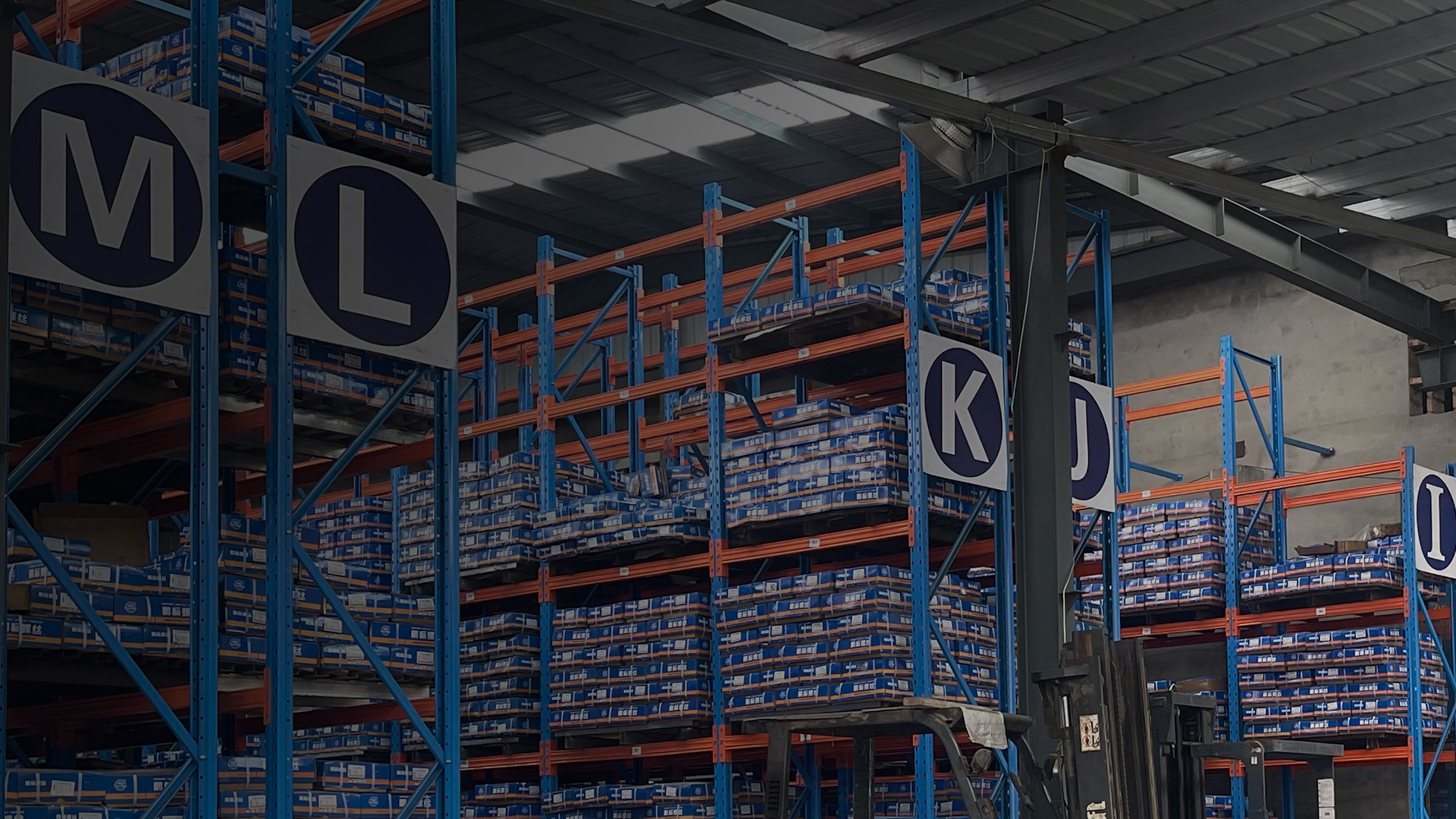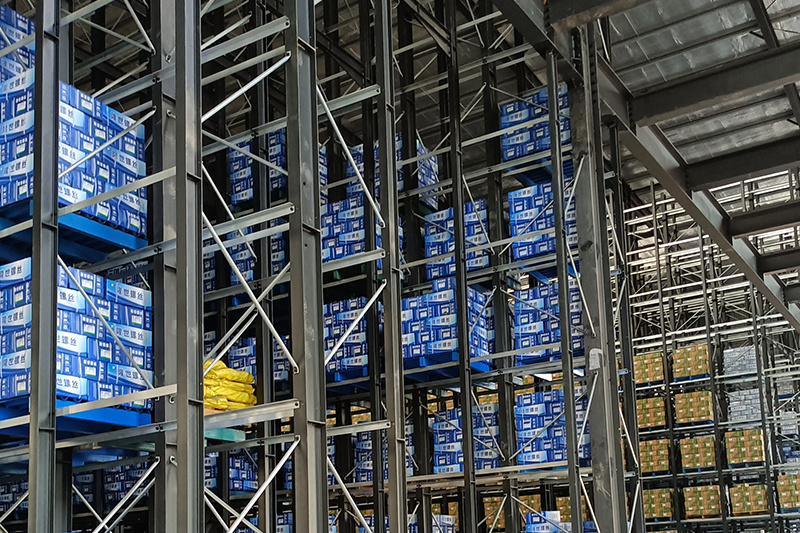language
English
العربية
বাংলাদেশ
Български
Hrvatski
Česky
Dansk
Nederland
 Esperanto
Esperanto
Slovenski
Filipino
Suomi
Français
Maori
 Shqiptare
Shqiptare
Georgian
 Euskara
Euskara
Deutsch
Ελλάδα
ישראל
इंडिया
Magyarország
Ísland
Indonesia
Irlanda
Italia
日本語
Sovensko
Հայաստան
한국
Kyrgyz
ປະເທດລາວ
 Zulu
Zulu
Latvian
Lithuanian
Luxembourgish
 Latinus
Latinus
Macedonian
Малайская
Maltese
Монгол улс
 Cymraeg
Cymraeg
ဗမာ
 தமிழ்
தமிழ்
नेपाल
Norge
ایران
Polska
Portugal
România
Российская
Србија
 Slovak
Slovak
Србија
 Slovak
Slovak
Bosanski
Slovenian
Беларус
España
Sverige
Точик
ประเทศไทย
Türk
Azərbaycan
Uzbek
 Afrikaans
Afrikaans
Việt Nam
Why T-Bolts Are Essential for Your Next Industrial Project: A Comprehensive Guide
2025-08-26
Why T-Bolts Are Essential for Your Next Industrial Project
Table of Contents
Introduction to T-Bolts
Understanding T-Bolts: What Sets Them Apart
Design and Features of T-Bolts
Material Types: Choosing the Right T-Bolt for Your Project
Applications of T-Bolts in Various Industries
T-Bolts in Constructi
Why T-Bolts Are Essential for Your Next Industrial Project
Table of Contents
- Introduction to T-Bolts
- Understanding T-Bolts: What Sets Them Apart
- Applications of T-Bolts in Various Industries
- Benefits of Using T-Bolts
- Installation and Maintenance Tips for T-Bolts
- How to Choose the Right T-Bolt for Your Project
- Frequently Asked Questions
- Conclusion
Introduction to T-Bolts
In the world of industrial projects, the choice of fasteners can significantly impact the overall success and durability of an application. **T-bolts**, known for their unique design and versatility, are essential components in various industries. They are specially engineered to provide strong and reliable fastening solutions, particularly in applications where space is limited or where flexibility is necessary. Whether you are working on a construction site, assembling machinery, or designing automotive parts, understanding the importance and functionality of T-bolts is key to ensuring project success.
Understanding T-Bolts: What Sets Them Apart
T-bolts are unique fasteners characterized by their T-shaped head, which allows for easy insertion into T-slots or grooves in various materials. This design not only offers superior stability but also facilitates quick adjustments and disassembly when needed.
Design and Features of T-Bolts
The design of T-bolts is engineered for efficiency and strength. The T-shaped head provides a large surface area that can bear significant loads, making it a preferred choice for heavy-duty applications. Additionally, many T-bolts feature a knurled or serrated surface on the head to prevent slipping during installation, ensuring a secure fit every time.
T-bolts are available in various lengths and diameters, allowing for versatility in different applications. They can be used with washers and nuts to enhance their load-bearing capacity and prevent loosening over time. This design is particularly advantageous in applications requiring frequent adjustments or reconfigurations.
Material Types: Choosing the Right T-Bolt for Your Project
When selecting T-bolts, it is crucial to consider the material type. T-bolts can be made from various materials, including steel, stainless steel, and aluminum, each offering distinct benefits:
- Steel T-Bolts: Known for their strength and cost-effectiveness, steel T-bolts are ideal for heavy-duty applications. They may be coated to resist corrosion and wear.
- Stainless Steel T-Bolts: These are perfect for environments where corrosion resistance is vital, such as in marine or chemical applications. Their durability ensures longevity even in harsh conditions.
- Aluminum T-Bolts: Lightweight and resistant to corrosion, aluminum T-bolts are suitable for applications where weight reduction is critical. They are often used in aerospace and automotive industries.
Applications of T-Bolts in Various Industries
T-bolts find applications across a wide range of industries due to their versatility and robust design. Below, we explore how T-bolts are utilized in construction, manufacturing, and the automotive sector.
T-Bolts in Construction
In construction, T-bolts are commonly used for securing structural components such as beams, columns, and frames. Their ability to fit into T-slots allows for efficient assembly and disassembly during the construction process. Additionally, T-bolts can be adjusted easily to achieve the desired alignment, making them essential for projects requiring precision.
T-Bolts in Manufacturing
Manufacturing processes often demand robust fastening solutions to hold machinery and equipment in place. T-bolts provide the necessary strength and stability to secure various components, ensuring that machinery operates smoothly. They are particularly useful in assembly lines where quick adjustments are required, minimizing downtime and enhancing productivity.
T-Bolts in Automotive Industry
The automotive industry relies on T-bolts for assembling parts and components in vehicles. Their ability to withstand vibration and dynamic loads makes them ideal for securing engine mounts, chassis components, and other critical parts. Furthermore, T-bolts can be easily removed and replaced, facilitating maintenance and repairs without compromising safety.
Benefits of Using T-Bolts
The advantages of utilizing T-bolts in industrial projects are numerous:
- Ease of Installation: T-bolts can be quickly inserted into T-slots, streamlining the assembly process and reducing labor costs.
- Versatility: Suitable for various materials and applications, T-bolts can be used in numerous industries, enhancing their utility.
- Adjustability: T-bolts allow for easy adjustments, making them ideal for applications requiring frequent modifications.
- Strength and Stability: Their design provides excellent load-bearing capabilities, ensuring the integrity and safety of structures and machinery.
- Corrosion Resistance: Available in materials like stainless steel, T-bolts can withstand harsh environments, ensuring longevity and reliability.
Installation and Maintenance Tips for T-Bolts
Proper installation and maintenance of T-bolts are crucial for maximizing their performance. Here are some tips to ensure optimal results:
Installation Tips
1. **Select the Right Size:** Ensure that the T-bolt fits snugly into the T-slot to prevent movement.
2. **Use Appropriate Tools:** Utilize the right tools for tightening T-bolts to avoid stripping the threads or damaging the material.
3. **Align Components:** Before tightening, ensure that all components are properly aligned to avoid stress on the fastener.
Maintenance Tips
1. **Regular Inspection:** Periodically check T-bolts for signs of wear, corrosion, or loosening.
2. **Tightening:** Re-tighten T-bolts as needed, especially in high-vibration applications.
3. **Lubrication:** If applicable, lubricate T-bolts to ensure smooth adjustments and prevent corrosion.
How to Choose the Right T-Bolt for Your Project
Choosing the right T-bolt involves several considerations:
1. **Load Requirements:** Assess the load capacity needed for your application to select a T-bolt that can handle the stress.
2. **Material Compatibility:** Consider the materials being joined to determine the best T-bolt material.
3. **Environmental Factors:** Evaluate the environment in which the T-bolt will be used to choose a corrosion-resistant option if necessary.
4. **Length and Diameter:** Measure the required length and diameter to ensure a proper fit.
Frequently Asked Questions
1. What are T-bolts used for?
T-bolts are used for fastening components in various applications, including construction, manufacturing, and automotive industries.
2. How do T-bolts differ from regular bolts?
T-bolts have a unique T-shaped head designed to fit into T-slots, allowing for easy adjustments and disassembly, unlike regular bolts.
3. Can I use T-bolts in outdoor applications?
Yes, T-bolts made from stainless steel or other corrosion-resistant materials are suitable for outdoor applications.
4. How do I install T-bolts?
To install T-bolts, insert them into the T-slot, align the components, and tighten with the appropriate tools.
5. Are T-bolts reusable?
Yes, T-bolts can be reused in many applications, making them a cost-effective fastening solution.
Conclusion
T-bolts are essential fasteners that offer significant advantages for various industrial projects. Their unique design, versatility, and robust performance make them a preferred choice in construction, manufacturing, and automotive applications. By understanding the benefits, installation methods, and maintenance practices related to T-bolts, one can ensure the success and reliability of their industrial projects. As you plan your next endeavor, consider incorporating T-bolts to enhance stability, efficiency, and adaptability in your work.
T-Bolts
RELEVANT INFORMATION
Why T-Bolts Are Essential for Your Next Industrial Project: A Comprehensive Guide
Why T-Bolts Are Essential for Your Next Industrial Project
Table of Contents
Introduction to T-Bolts
Understanding T-Bolts: What Sets Them Apart
Design and Features of T-Bolts
Material Types: Choosing the Right T-Bolt for Your Project
Applications of T-Bolts in Various Industries
T-Bolts in Constructi
2025-08-26
A Deep Dive into Hex Bolts: Understanding Their Role in Fastening Solutions
A Deep Dive into Hex Bolts: Understanding Their Role in Fastening Solutions
Table of Contents
What Are Hex Bolts?
Types of Hex Bolts
Materials Used in Hex Bolts
Applications of Hex Bolts
Installation Techniques for Hex Bolts
Benefits of Using Hex Bolts
Maintenance of Hex Bolts
Common FAQs About Hex Bolts
Conclusion
What Are Hex Bolts?
Hex bolts are a type of f
2025-08-14
Understanding Allen Countersunk Head Screws: Essential Insights for Professionals
Allen countersunk head screws are a crucial component in the fastener and connection industry, especially within the realm of industrial equipment. These screws are characterized by their unique head design, which allows them to sit flush with the surface of the material they are being inserted into. This feature not only provides a sleek, professional appearance but also minimizes the risk of sna
2025-08-11









